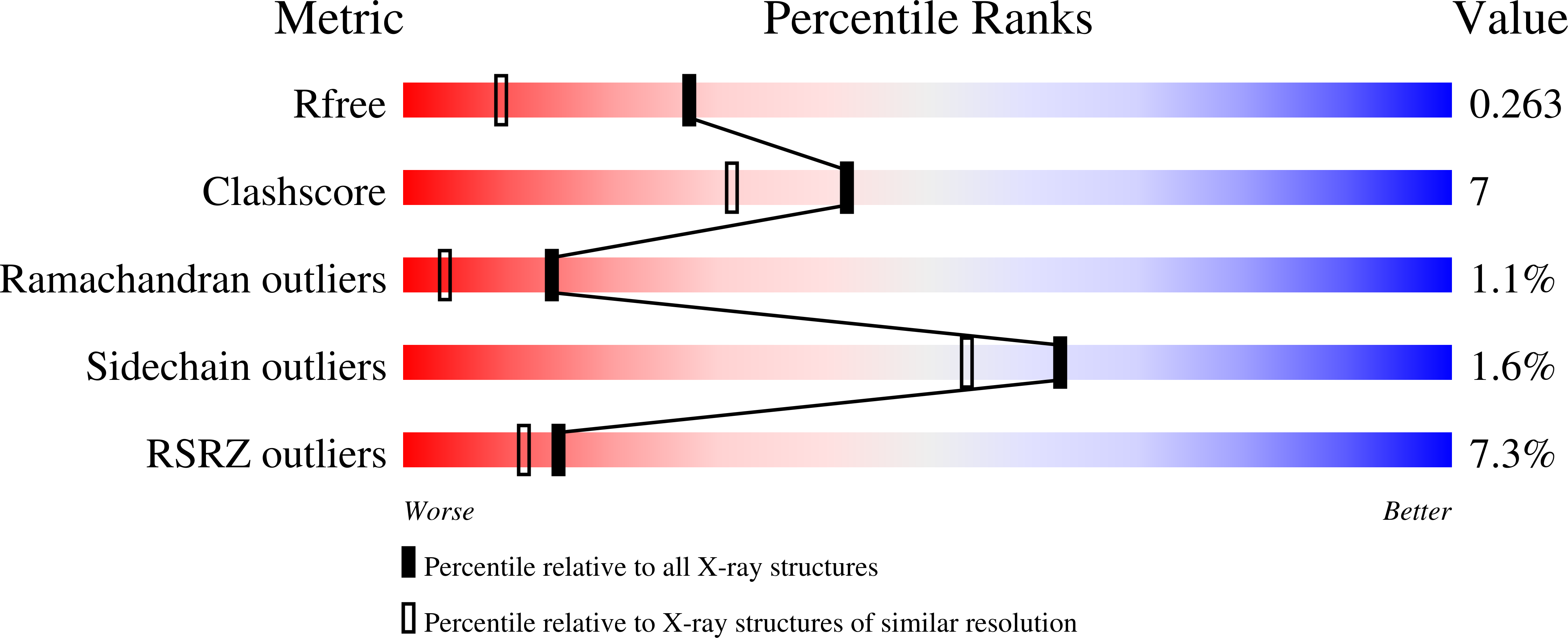
Deposition Date
2007-05-09
Release Date
2007-09-25
Last Version Date
2024-10-30
Entry Detail
PDB ID:
2PVF
Keywords:
Title:
Crystal Structure of Tyrosine Phosphorylated Activated FGF Receptor 2 (FGFR2) Kinase Domain in Complex with ATP Analog and Substrate Peptide
Biological Source:
Source Organism:
Homo sapiens (Taxon ID: 9606)
Host Organism:
Method Details:
Experimental Method:
Resolution:
1.80 Å
R-Value Free:
0.26
R-Value Work:
0.25
Space Group:
P 21 21 21


